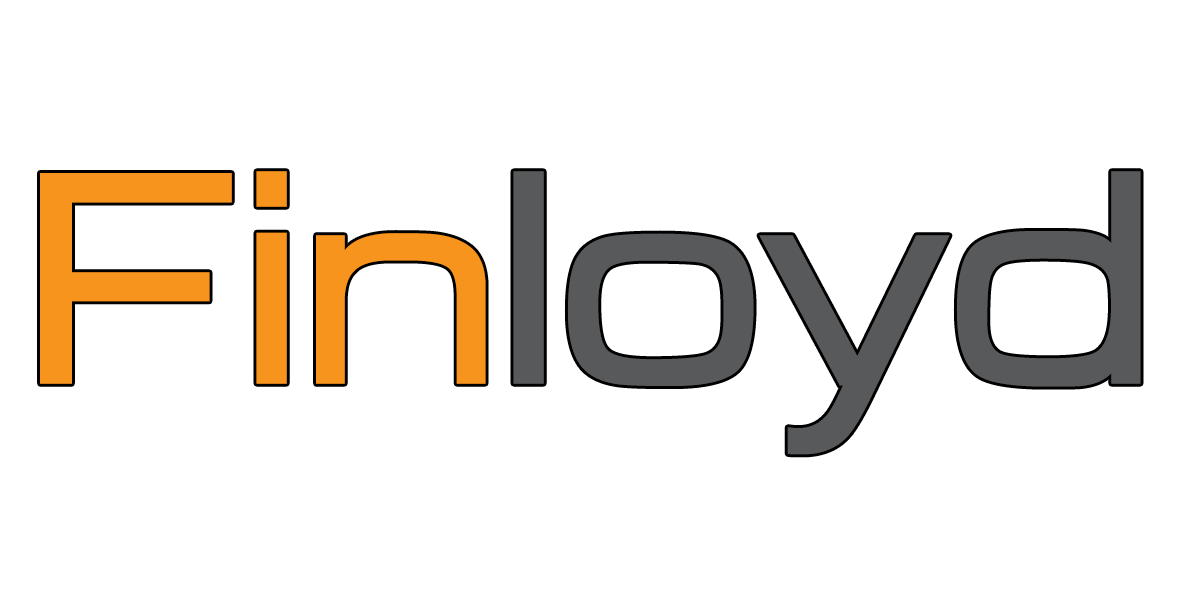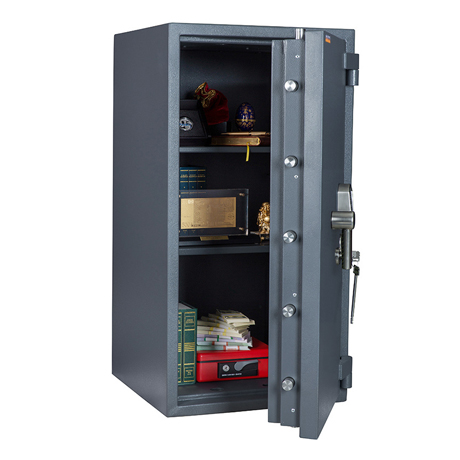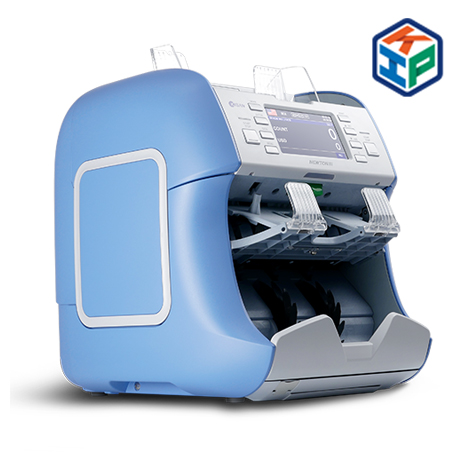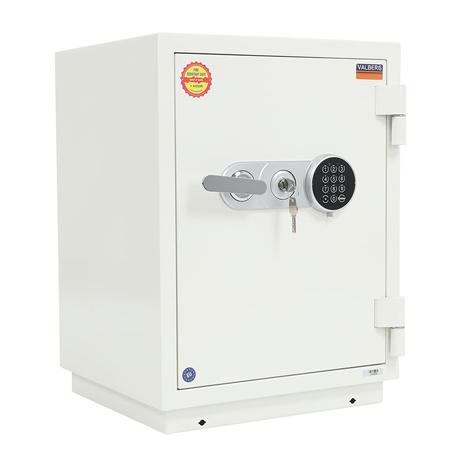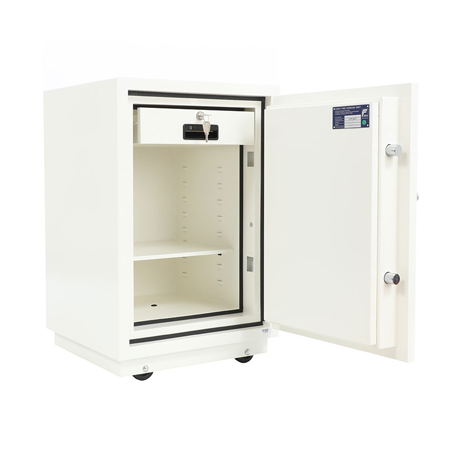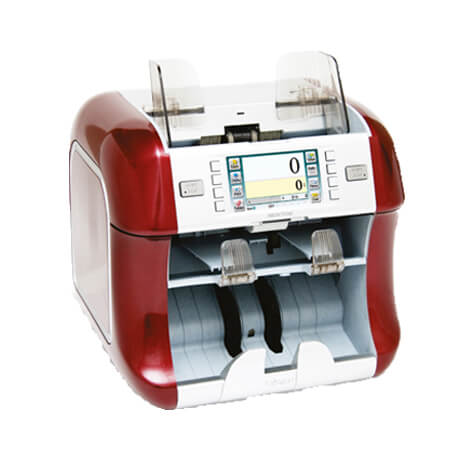In addition to the security industry, access control maintains its constant growth among many organizations around the globe. This includes our customers! The majority of them are using some type of proximity card or MIFARE card for access control, ticketing, toll, time & attendance, and other applications.
However, it’s easy to confuse a proximity card with a MIFARE card. Here are the basic differences between the two technology card options:
Proximity Cards
The microchip embedded within a proximity card has only one function: to provide the prox card reader with the card’s identification number and/or site facility code number so it can be verified with a remote computer.
Many access control systems only read the identification numbers and do not require the available memory that is present in a smart card. Prox cards – such as the HID 1386 prox card – are commonly used for door access.
MIFARE Cards
A bit of history: MIFARE cards and card readers were originally developed to handle payment transactions for public transportation systems in Europe.
Today, MIFARE cards can provide identification, authentication, and store information on the card because of the microchip and memory which is embedded within the MIFARE card. These cards are very durable and designed to keep your sensitive information safe. Encryption keys prevent data from being emitted until the MIFARE card and card reader mutually authenticate each other.
It’s also an RFID card because of its frequency of 13.56 MHz. MIFARE cards have three main differences from a standard proximity card:
The frequency of a MIFARE card is 13.56 MHz. A standard 1386 proximity card is 125kHz.
The standard MIFARE card is factory programmed with a unique 32-bit serial number. This is a random number and does not contain a facility code. Most 26-bit proximity cards use a facility code within their configurations.
A MIFARE card has memory for storing values (typically up to 1 kilobyte of data). A proximity card does not have the capacity to store values.
A MIFARE card can be programmed with multiple credentials, which adds an extra “handshake” between the card reader and the card reader software. The memory within the MIFARE card can also be programmed for use as a cash card or a pre-paid membership card.
RFID Readers & Prox Card Readers
It’s important to make sure your cards readers can “read” technology cards that are 13.56 MHz; your readers may only be able to read the 125kHz frequency. Also, MIFARE cards come pre-encoded with a unique 32-bit number, so you will need to make sure your software can read 32-bit formats.
We understand that choosing the right technology card for your application can be confusing and somewhat complicated. Whether you need a proximity card or MIFARE card for your organization, there’s no need to stress out over it. Finloyd has you covered! Our friendly, knowledgeable ID Professionals are happy to help. Call today

